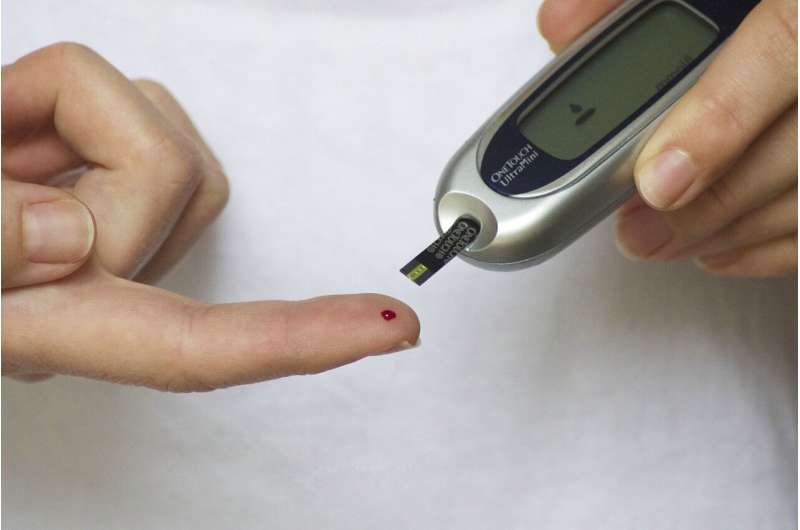Innovative Reversible Technique Targets Neural Circuits with Molecular Precision

A pioneering technique enables reversible, precise disruption of brain neural circuits using engineered proteins, opening new avenues for neuroscience research and potential therapies for neurological disorders.
Scientists at USC Dornsife have developed a groundbreaking method that allows for the precise, reversible disconnection of specific neural pathways in the brain. This advance, detailed in the journal eLife, introduces specialized genetically engineered tools capable of selectively eliminating either excitatory or inhibitory synapses—the critical junctions where neurons communicate—without affecting the entire neuron. This level of specificity is unprecedented in neuroscience, as it enables researchers to study the microcircuits that underpin perception, behavior, and memory with unparalleled accuracy.
The technique employs E3 ligases, enzymes involved in the cell’s protein recycling, which tag proteins at synapses for degradation. Paired with antibody-like molecules that bind to synaptic scaffolding proteins, these tools direct the brain's natural proteasome system to selectively dismantle chosen synapses. Named PFE3 and GFE3, these tools target excitatory and inhibitory synapses, respectively, and can be activated by light or chemical signals. Crucially, the destruction of synapses is reversible; turning off the tools allows neurons to regrow the lost connections within days, enabling dynamic exploration of neural circuit function.
This innovation holds promise for advancing our understanding of how brain microcircuits operate and could one day lead to therapies that precisely target dysfunctional neural pathways in conditions like epilepsy, addiction, and PTSD, without damaging surrounding tissues. The research signifies a major leap in neuroengineering, offering scientists a powerful new way to manipulate brain circuits with molecular precision, and the potential for future therapeutic applications.
Stay Updated with Mia's Feed
Get the latest health & wellness insights delivered straight to your inbox.
Related Articles
Emerging Role of Weight-Loss Medications Post-Bariatric Surgery in Reducing Heart Disease Risk
New research suggests that weight-loss medications like semaglutide and liraglutide may reduce cardiovascular risk in patients post-bariatric surgery, especially those not achieving optimal weight or diabetes control.
Experts Warn Menopause Misinformation Is Compromising Women's Care
Experts warn that misinformation and unnecessary hormone testing are harming menopause care, emphasizing the need for evidence-based practices and clinical diagnosis.
Link Between Parental Diabetes and Risk of Type 1 Diabetes in Children
New research reveals that children of parents with gestational or type 2 diabetes are at higher risk of developing type 1 diabetes. Early identification of these risk factors can improve monitoring and prevention strategies.
Decline in Credit Scores Following Cancer Diagnosis Tied to Higher Mortality Risks
A recent study reveals that cancer patients experiencing a decline in their credit scores face a higher risk of mortality, emphasizing the critical connection between financial health and survival outcomes.



